Thinking of visiting Peshawar? Great choice! You might be surprised to know that Peshawar is the oldest living city in all the South Asia! It’s the capital and largest city of the province, Khyber Pakhtunkhwa. It’s the sixth most populous city in Pakistan. It is known as the “City of Flowers.”
Peshawar has a long history dating back to 539 BCE. The city has witnessed significant invasions over the course of its history. It also holds importance for being the capital of early Gandhara civilisation. In today’s time, it’s inhabited primarily by the Pashtun community, with Pashto and Urdu being widely spoken languages.
Whether you live in Peshawar or are a foreigner planning to visit Peshawar, read this blog to know the best and most worth-seeing and popular places In Peshawar!
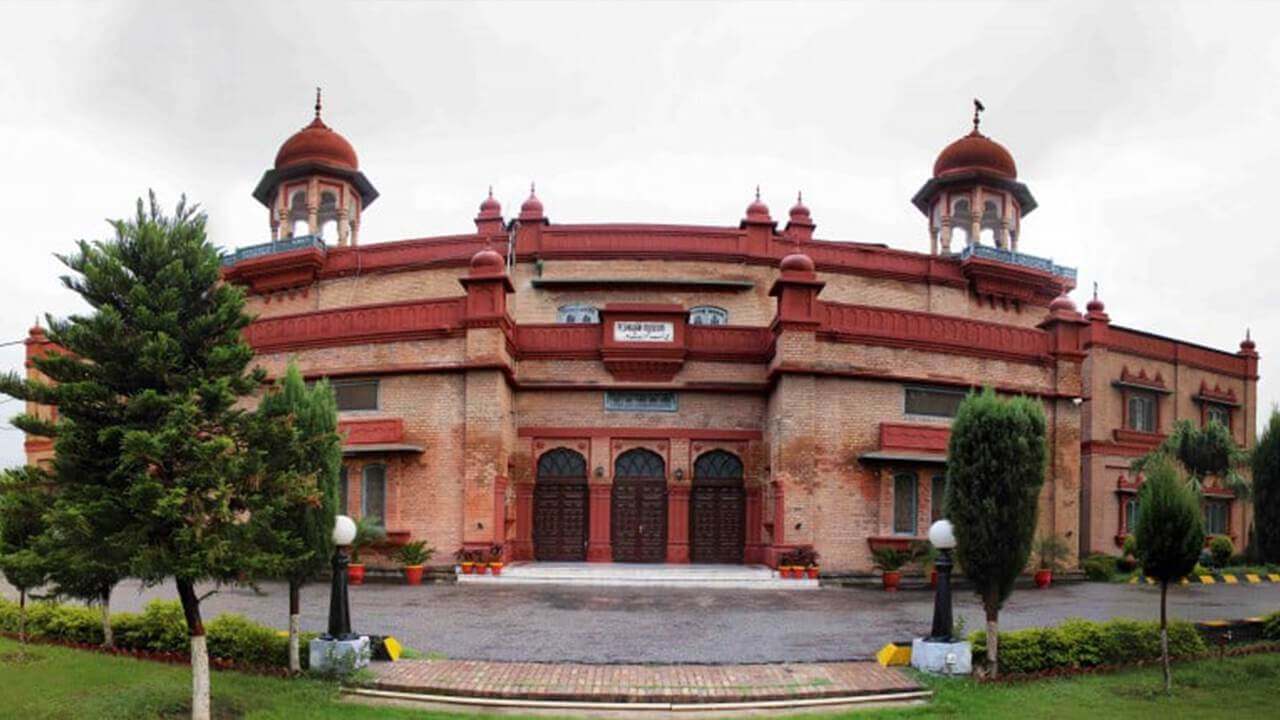
Peshawar Museum
Peshawar Museum is a treat for history lovers. It was built in 1906-07 in honour of the late Queen Victoria. Its construction costed around Rs. 60,000, from which 75% of the money was donated by the people themselves! It’s an amalgamation of British and Mughal architecture.
It has one of the most exclusive and largest collections of Buddhist artefacts in the world! It includes Buddhist sculptures, statues, and other remarkable artefacts excavated from major Gandhara sites. The collection includes artefacts from Shah-Ji-Ki-Dheri, Sahri Bahlol, Jamal Garhi Takht-i-Bahi in the Mardan District, and other Gandharan sites mined out by British archaeologists.
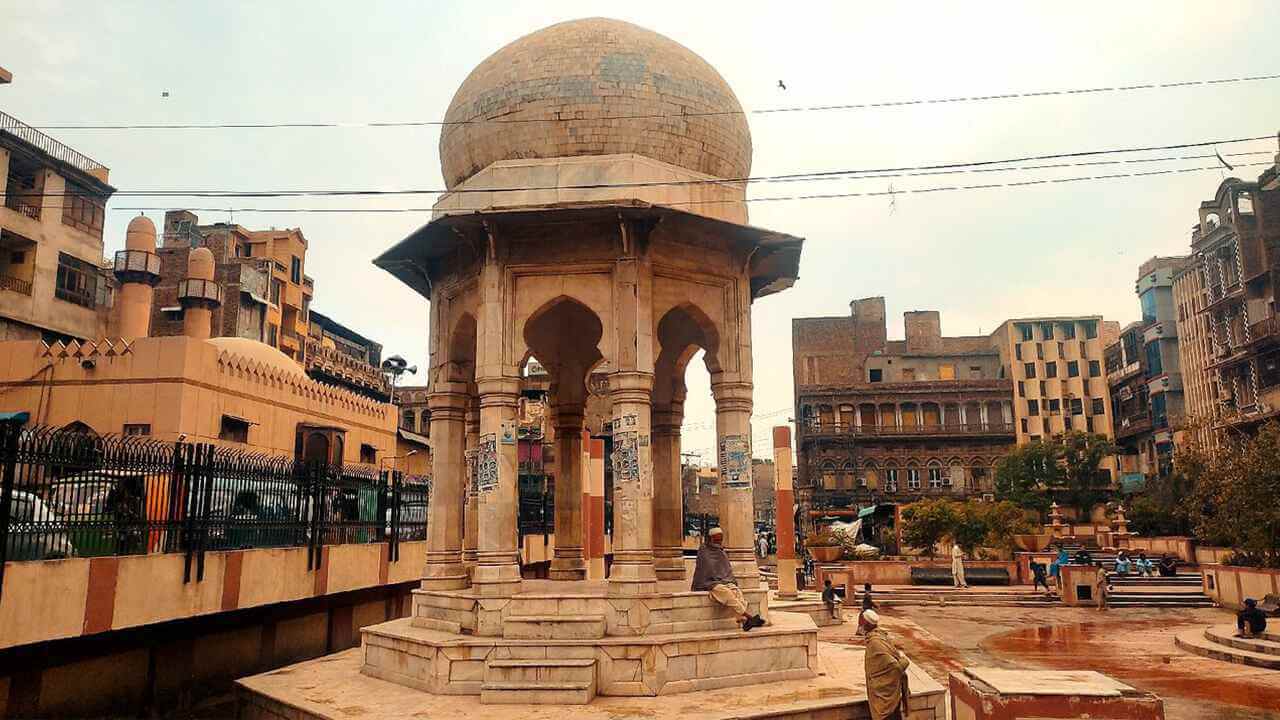
Chowk Yadgar
This historical landmark has been the centre for many political and religious gatherings. Its history dates back to 1892 when it was originally erected in commemoration of Colonel C. Hastings. The Chowk is located in the heart of Peshawar and can easily be reached using public transport.
The monument is a blend of British and Mughal architecture with 4 minarets and a dome, designed intricately with floral designs carved on it. Many bazaars and old-school havelis surround it, and it is also the best place to explore street food, history and architecture of Peshawar!
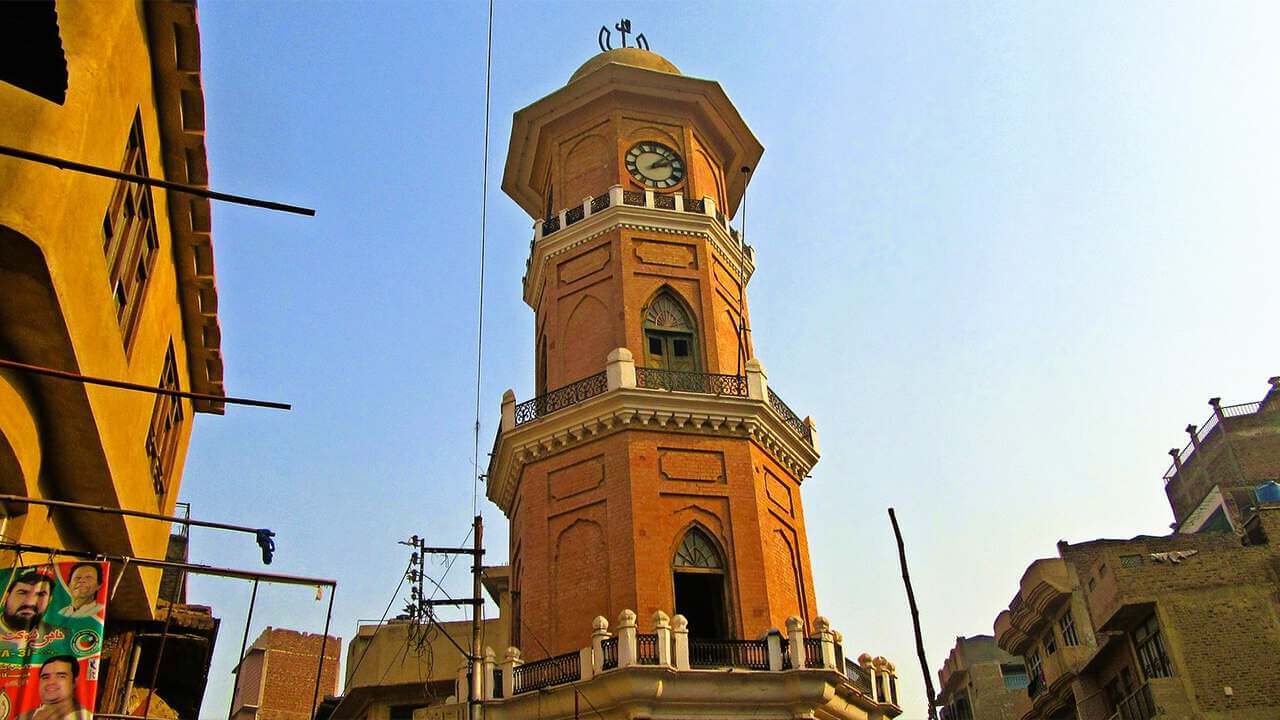
Sir Cunningham Clock Tower
Situated 200m from the Chowk Yadgaar, Sir Cunningham Clock Tower, aka “ghanta ghar”, was built in the name of a British governor in 1898 and was opened for the public in 1900 on the celebrations of the Diamond Jubilee of Queen Victora. It’s 26 meters tall and is a beautiful memorial of our history!
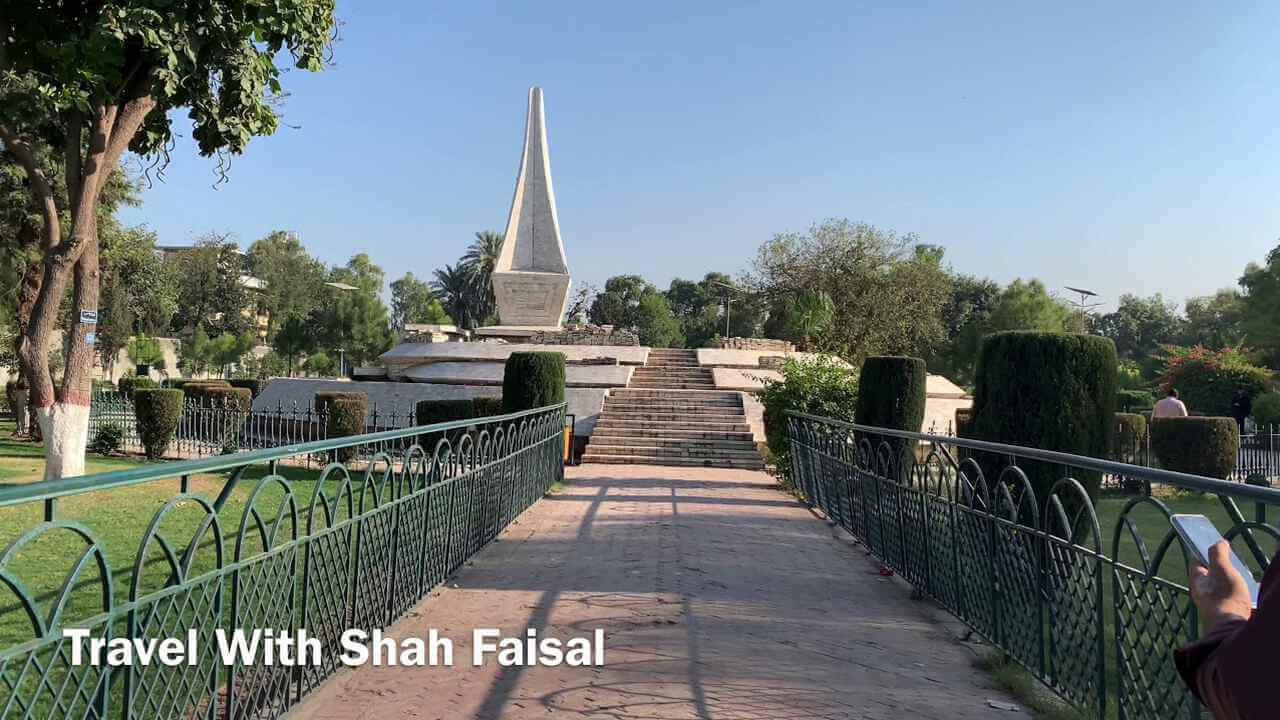
Shahi Bagh
It is one of the oldest and largest gardens in Peshawar. Built in the Mughal era, the park is situated near Arbab Niaz Stadium. It has been a centre spot for many political, literary and religious gatherings. The park is extended on a 100-acre space and is under consideration for renovation. However, it is still a beautiful place to go.
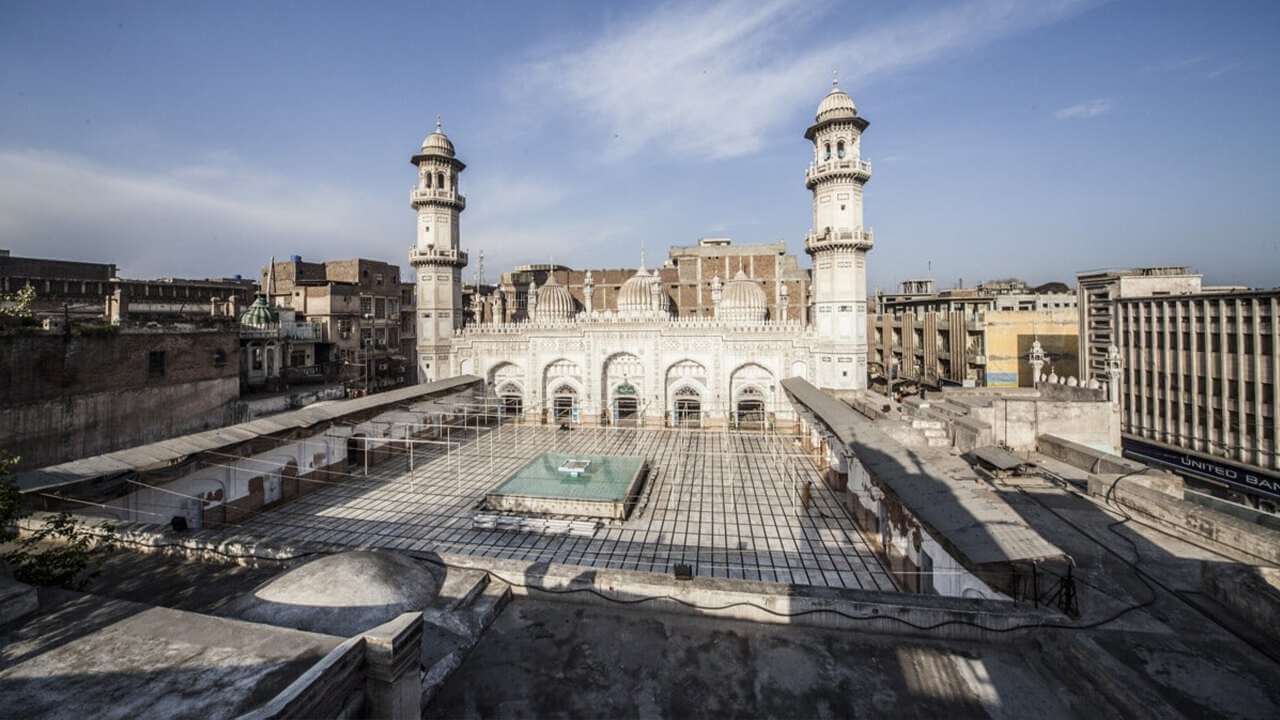
Mahabat Khan Mosque
It’s living proof of the grandeur of the Mughal times. The mosque was made by the Mughal governor of Peshawar, Nawab Mahabat Khan Kamboh, and even got its name from him. It has the capacity of 14,000 people that can pray at once. It has 2 functional minarets and 6 decorative minarets.
Many historians support the statement that these mianrets were used by rulers for hanging people! How spooky it sounds! However, the mosque is designed using white marble and vivid colour patterns on the walls. It’s a must-see on your tour to Peshawar!

Sethi House
Sethi House, aka Sethi Muhalla, is the epitome of grandeur, royalty and glory. It is situated near the clock tower, bazaar Kalaan and Got Katree. Inspired by architecture from Uzbekistan and Bukhara, the Sethi Mohalla consist of seven famous hawelis featuring intricate wooden crafted designs, stained windows and a never-ending charm built in 1884 by a wealthy Sethi family.
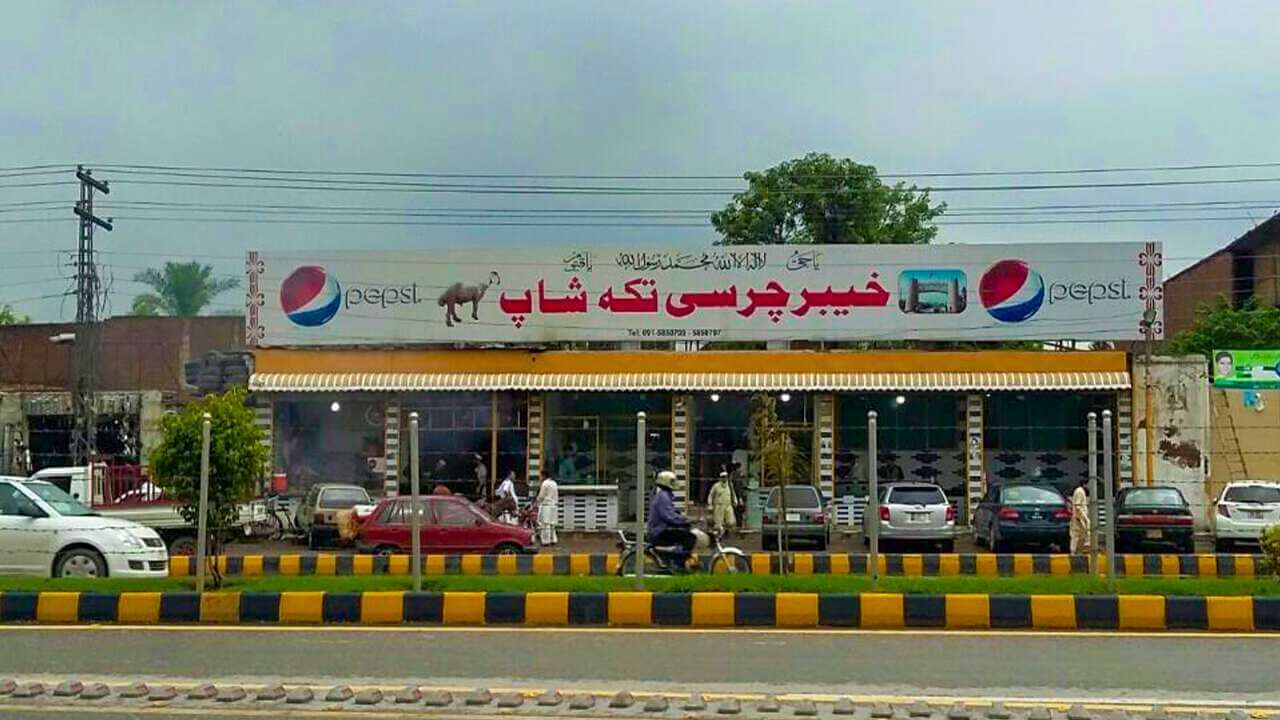
Khyber Charsi Tikka
Enjoy the best meal of your life at Khyber Charsi Tikka in Peshawar. They are the mutton specialist, and their must-try dish is Dumba Karahi! The juicy and mouth-savouring dishes will surely make your day and will give you the energy to keep on your journey!

Bala Hisar Fort
Bala Hisar is a Durani Persian word translated as “high fort.” The fort is built on 10 acres of land. It has a legacy of many people invading, residing and rebuilding it in different eras. It has been a sign of glory for the Kushan Empire, Durrani Empire, Marathis, Afghans, and Britishers.
In different time eras, it was named “Samir Garh” and “Bagram Fort.” It is in the control of the Pksitans Frontier Corps. However, the Pakistanis can visit it on weekends. The fort also has an internal museum showcasing the beauty of Pahtun and military history.
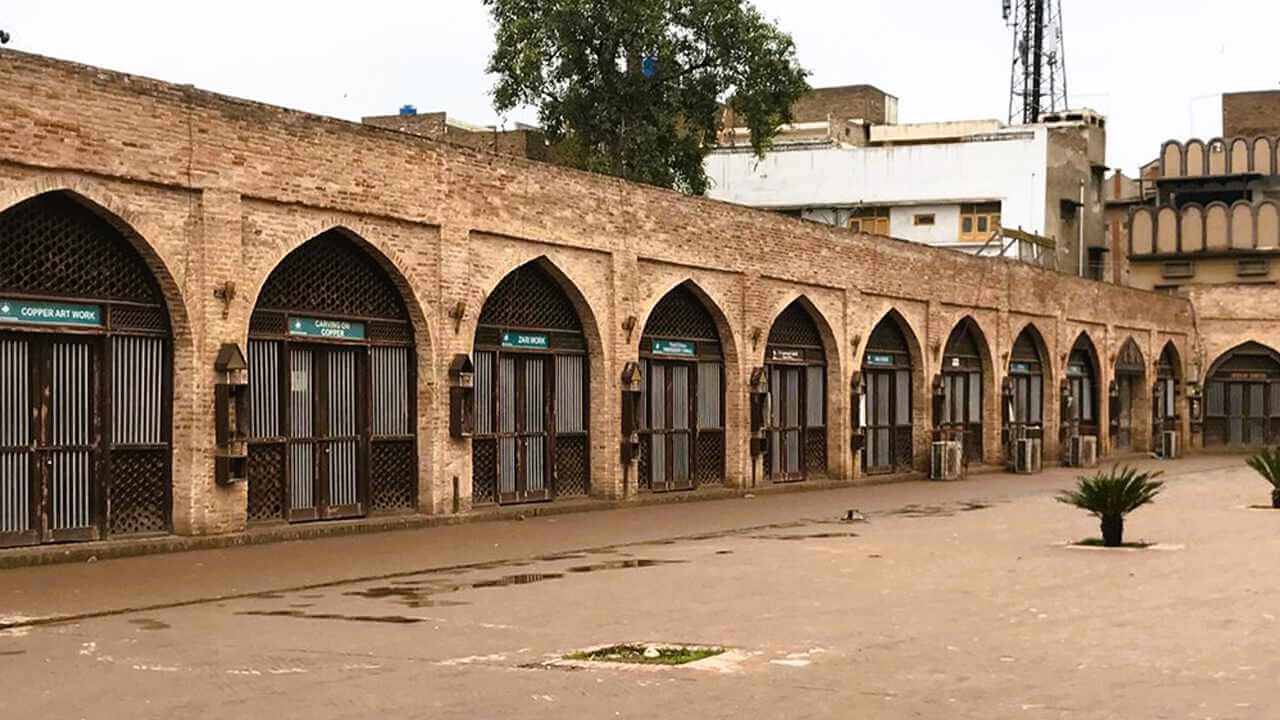
Gorkhatri
The Gorkhatri holds immense importance as it’s believed to keep the Buddha’s giant bowl. It also features the famous Hindu Temple, “Goraknath Temple”, which was re-opened in 2011 after being closed for more than 60 years.
The area is a historical dig as it has seen various changes by Mauryans, Greeks, Scythians, Kushans, Sasanians, White Huns, Hindus, Ghaznavids, Ghorids, Suri Afghans, Mughals, Durrani Afghans, Sikhs and Britishers.
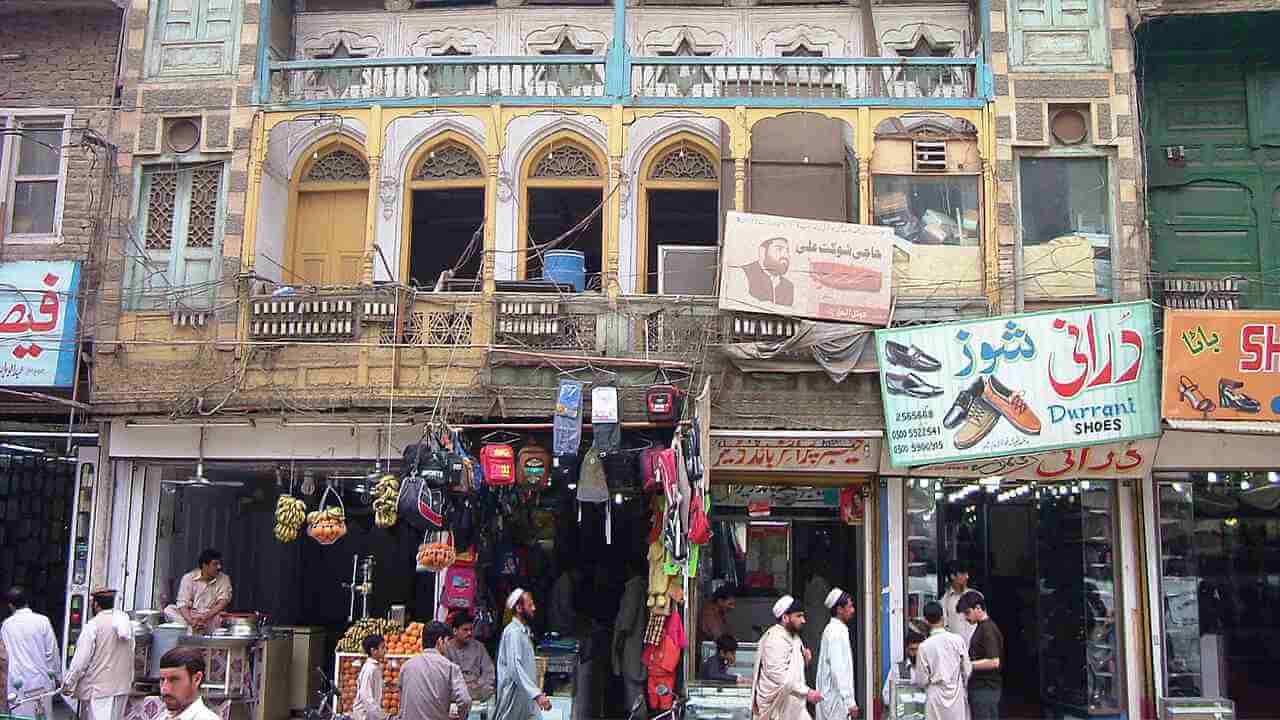
Qissa Khawani Bazar
It literally translates as “Story-teller market.” This bazaar has witnessed one of the cruellest massacres of history, with the mass killing of 400 people by British officers who were anti-colonial protestants.
Apart from its history, the bazaar is famous for the Chai and Qehwa stalls, local street food, the traditional architecture and the fact that many famous Indian stars like Dilip Kumar, Kishor Kumar and Shahrukh Khan have their origins rooted in this place.
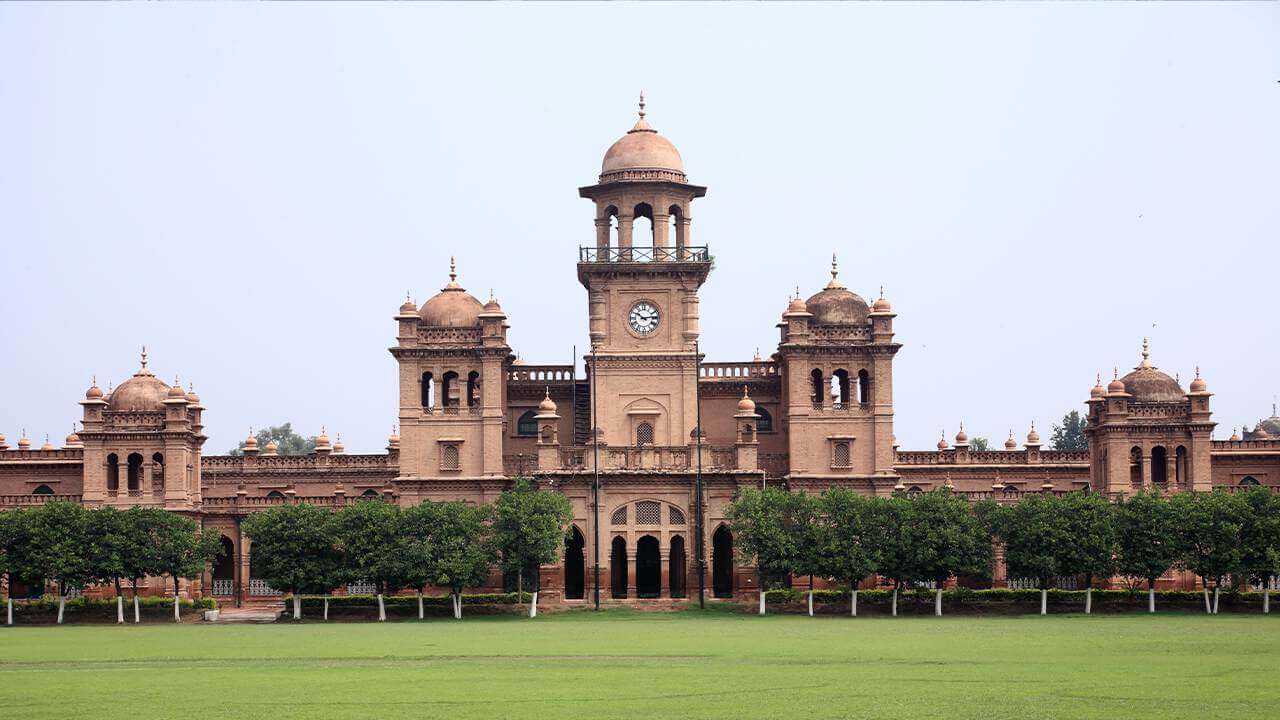
Islamia College
As majestic as the building itself is, the history of Islamia College Peshawar is. It was built in 1913 and named by the will of Pakistan’s founder, Quaid-e-Azam Muhammad Ali Jinnah. It’s one of the oldest and most beautiful institutions for higher education in Pakistan. It is situated in the lap of a scenic landscape, making it one of its kind. It’s open from dawn to dusk. However, it’s not open to everyone!
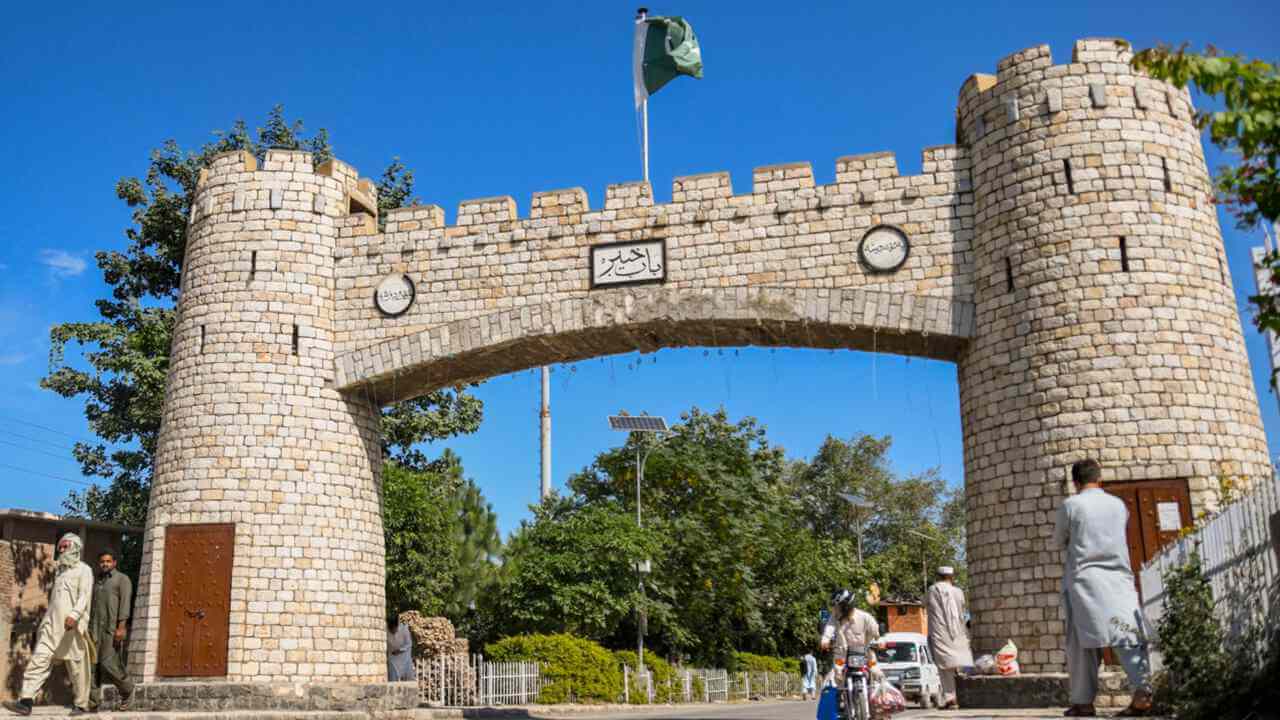
Jamrud Fort
Though not accessible to the general public since it’s the headquarters of Pakistan’s Frontier Corps, this blog is incomplete without mentioning the famous Jamrud Fort in Peshawar. In 1977, UNESCO declared it a world heritage site, and it is one of the highly preserved forts of British and Mughal times.
It was built primarily by Alexander the Great in 326 BC as a defensive position. Then, later on when Sardar Harri Singh Nalwa decided to rebuild it which was completed in 1837. Since then, it has been used by multiple people, including Sikhs, Mughals and even Britishers and currently by the Pakistani military!
The fort is situated near Khyber Pass, close to Afghanistan and has been an integral part of the old silk route. Though you may not enter it, you can see the red stone-built structure from Khyber Pass and the roads.





